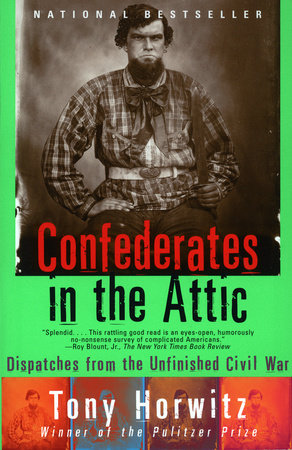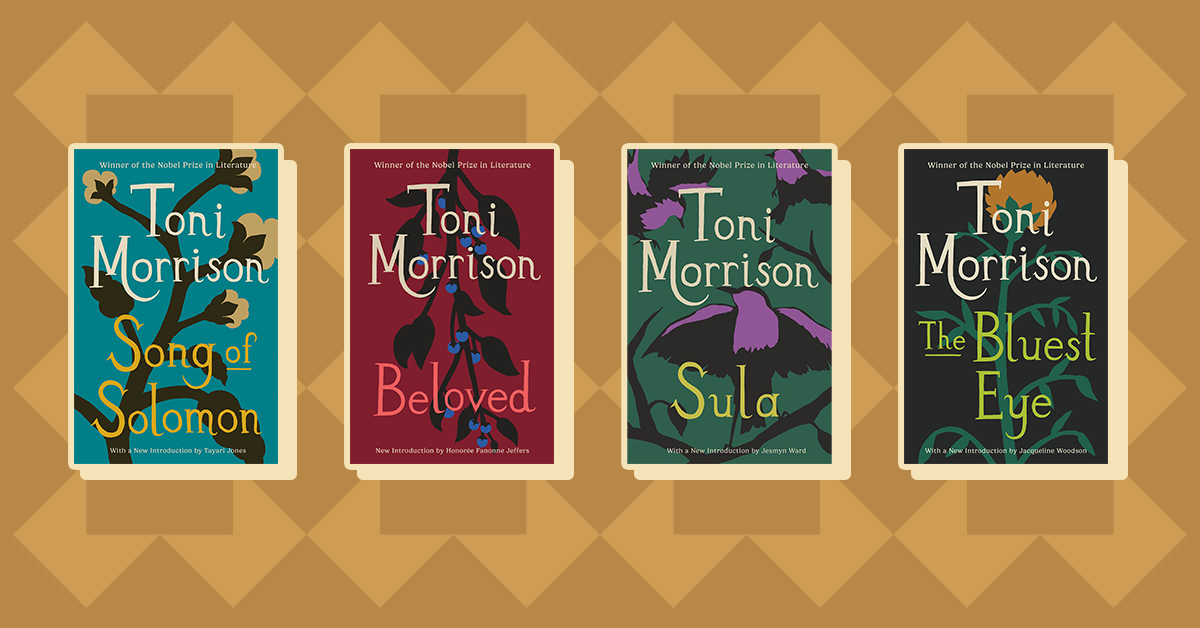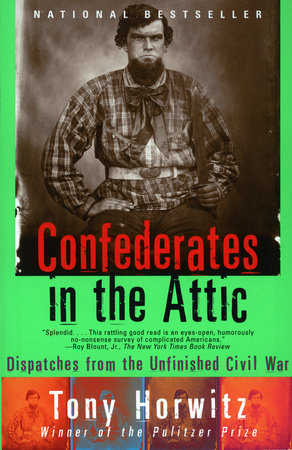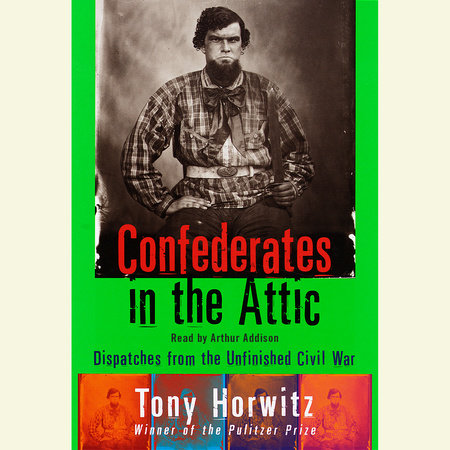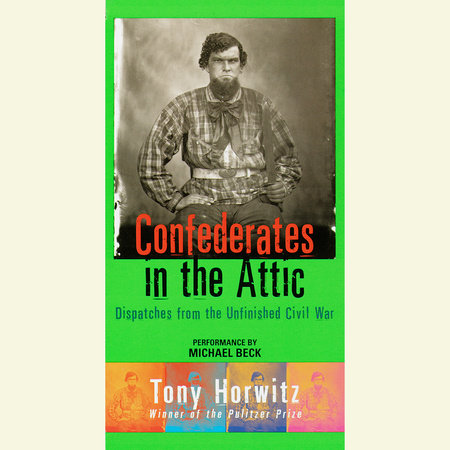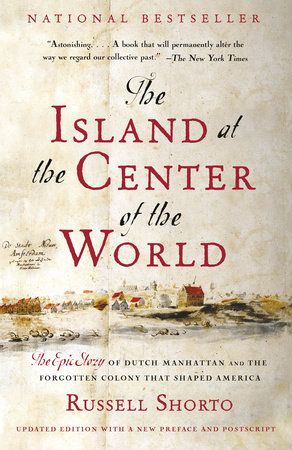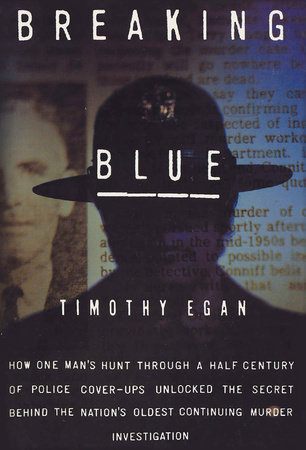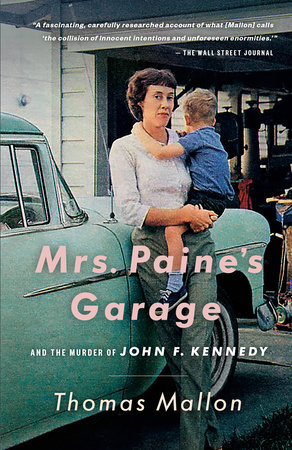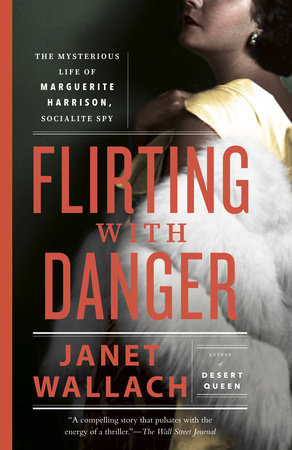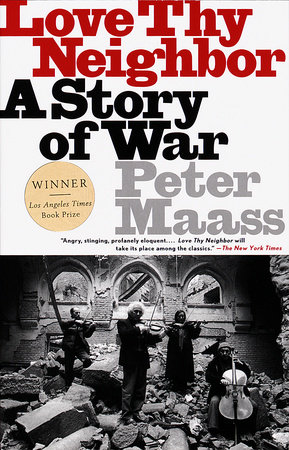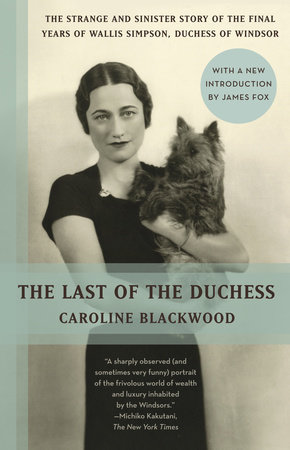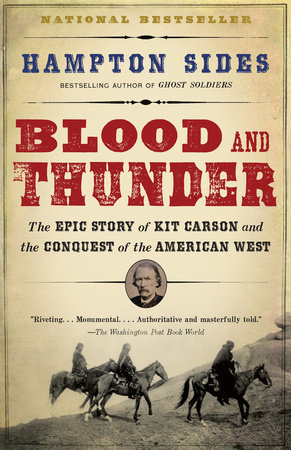Q: Where did you get the idea to write a book about the South and the Civil War?
A: It really began in childhood. While other boys in the 1960s built spaceship models and dressed as John Glenn for Halloween, I was busy painting Civil War battles on the walls of my attic bedroom. My parents thought I was strange. As I got older, my obsession shifted to the South in general, where I lived and worked for several years during and after college. I was fascinated by the South’s fierce sense of identity and history, and by its troubled racial history.
Then I fell in love with an Australian (now my wife) and ended up following her overseas for ten years, where we worked as war correspondents. When I finally dragged her home to America in 1993, to rural Virginia, I was struck by how alive–and controversial–the Civil War remained in the South, even though Americans have managed to pretty much forget the rest of their history. I wanted to explore this contradiction–and also wanted an excuse to indulge my lifelong passion for the region and the War.
Q: How would you describe Confederates in the Attic? History? Sociology? Travelogue?
A: A bit of each. At heart it’s a travel adventure that uses the Civil War as a lens through which to look at the contemporary South. There’s a lot of history in the book, but it’s mostly about how we remember the past and what that says about us in the present. The book’s also a portrait of the places I go–cities like Charleston, Richmond, and Vicksburg, and the backcountry South from the Carolinas to the Mississippi–and the often bizarre characters I meet.
Q: Speaking of bizarre, a lot of the attention given to Confederates has focused on your experiences as a "hardcore" Civil War reenactor. Did that surprise you? Any other striking responses to the book?
A: I was a little surprised that people talked so much about the handful of reenacting episodes. I intended them mainly as comic relief, a break from the more serious chapters, such as the one on a racially-motivated murder and trial in Kentucky.
The most pleasant surprise for me is that more than half those attending my readings, or writing to me about the book, have been women. People tend to think of the Civil War as a "guy thing." But many women are drawn to the War, too, particularly in recent years, with the Ken Burns series and books like Cold Mountain.
Perhaps it’s also that some of the most colorful characters in Confederates are women: a salty-mouthed Confederate widow in Alabama, a modern-day Scarlett O’Hara, a black activist in Selma, Alabama. They bring a very different perspective to the subject than the men I meet, many of whom are obsessed with battlefield history.
Q: Do you find a regional variation in responses to your book?
A: Absolutely. Most Southerners, I think, read the book with some sense of recognition–and often with a degree of defensiveness. They’re accustomed to talking openly about issues such as race and regional identity, which makes for very lively and occasionally fiery discussions (I was heckled at one reading). At the same time, I think Southerners have a better-developed sense of humor than other Americans and they really respond to the comic parts of the book.
A lot of Northern readers, on the other hand, seem stunned and a bit uneasy about what’s in the book. They keep asking me, "Is it really like that down South?" They often can’t believe that so many Southerners are still wrapped up in the Civil War and remain unapologetic supporters of the Confederacy.
All of which confirms for me one of the central themes of the book–that the Civil War is still being fought, and that the South remains a very distinct region.
Q: In many ways, this is a book about obsession–yours as well as the nation’s–with the past. What’s the psychological root of this?
A: There isn’t one, easy answer to that. But I do think most of the people I met share a low-grade discontent with modern life. We’re very lucky to live at a time in our history that’s prosperous and secure. But it’s also an era that seems to lack meaning and drama–at least compared to the 1860s, when people lived and died for grand causes.
I also think a lot of people, myself included, feel oppressed by America’s TV culture and strip-mall sameness. The Civil War’s a way to flee all that, to enter a landscape and way of life that seem somehow more romantic and more real than our own. I guess that’s what I wanted to do with this book–escape for awhile and take readers along for the ride.
